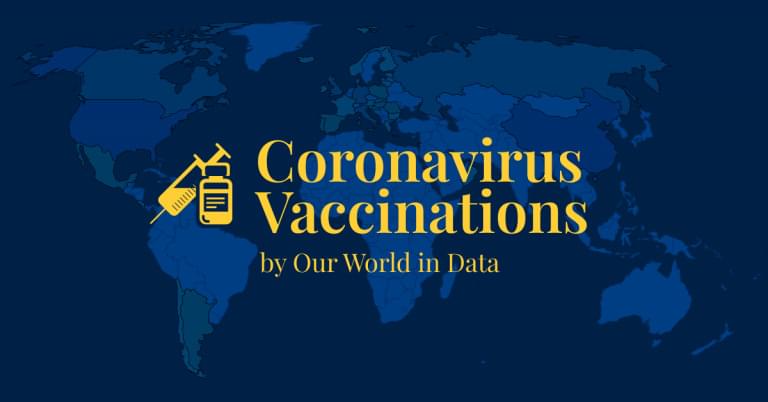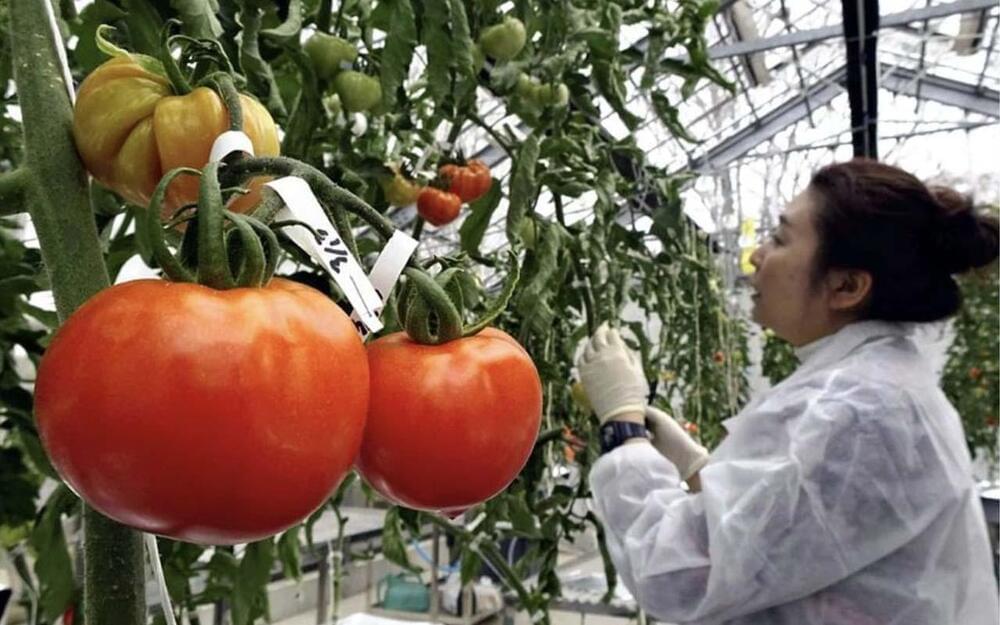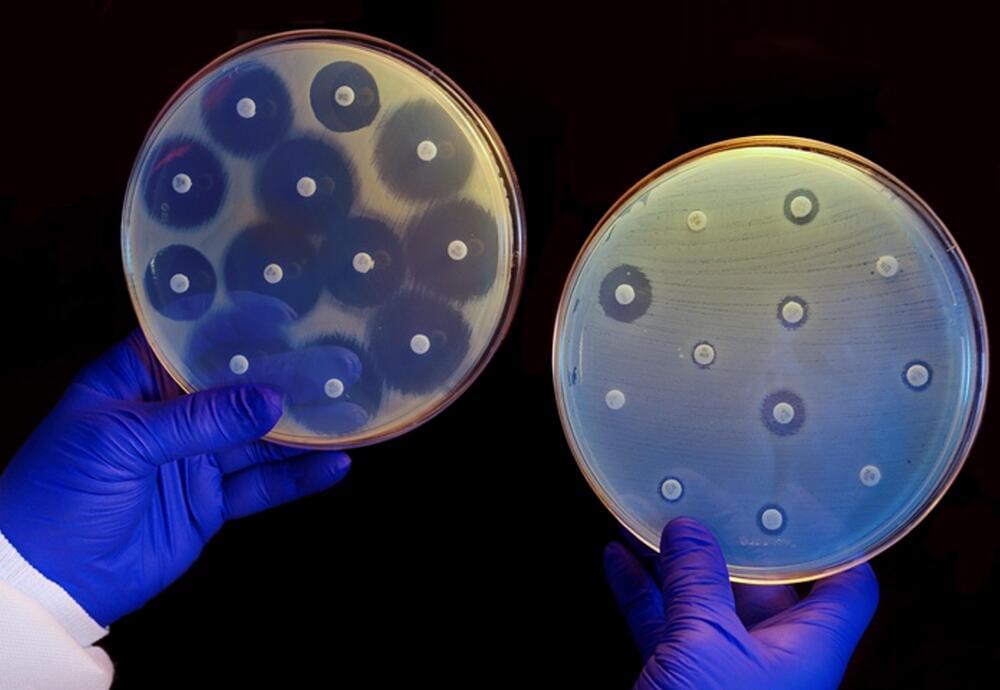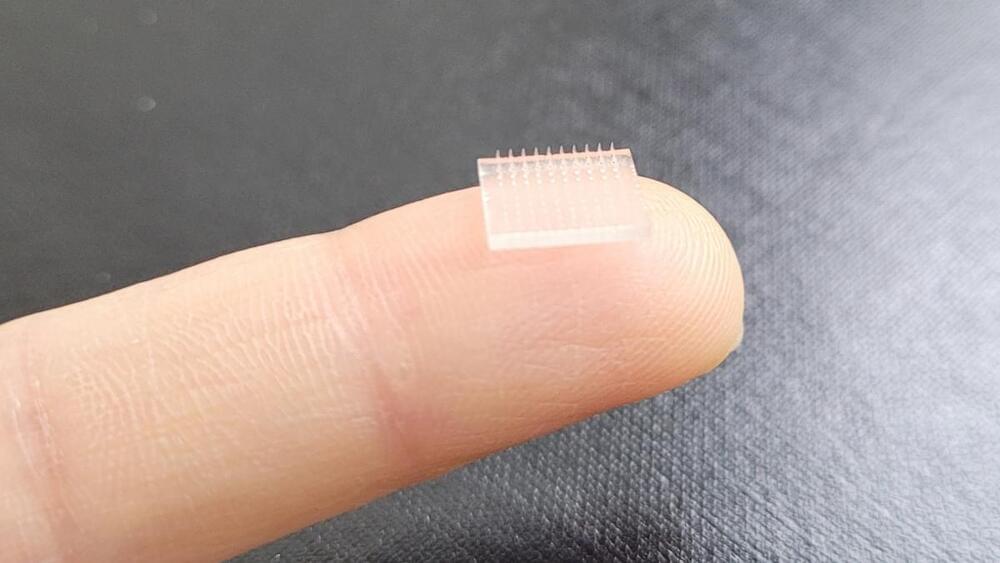Researchers turn back the clock on heart cells via yamanaka factors in mice.
Scientists may have found a way for the heart to gain regenerative capabilities, offering a potential silver lining for patients who have suffered a heart attack.
Researchers from the Max Planck Institute for Heart and Lung Research reportedly achieved positive results after returning adult cardiomyocytes to their fetal-like state in mouse models. To make this happen, they selectively expressed four genes, collectively called OSKM, which are necessary for cell renewal — Oct4, Sox2, Klf4, and c-Myc.
Cardiomyocyte replacement can be extremely slow in adult mammalian hearts, which prevents the healing of damaged myocardium post-injury, but fetal hearts are able to regenerate because their less mature CMs still have the ability to proliferate.









